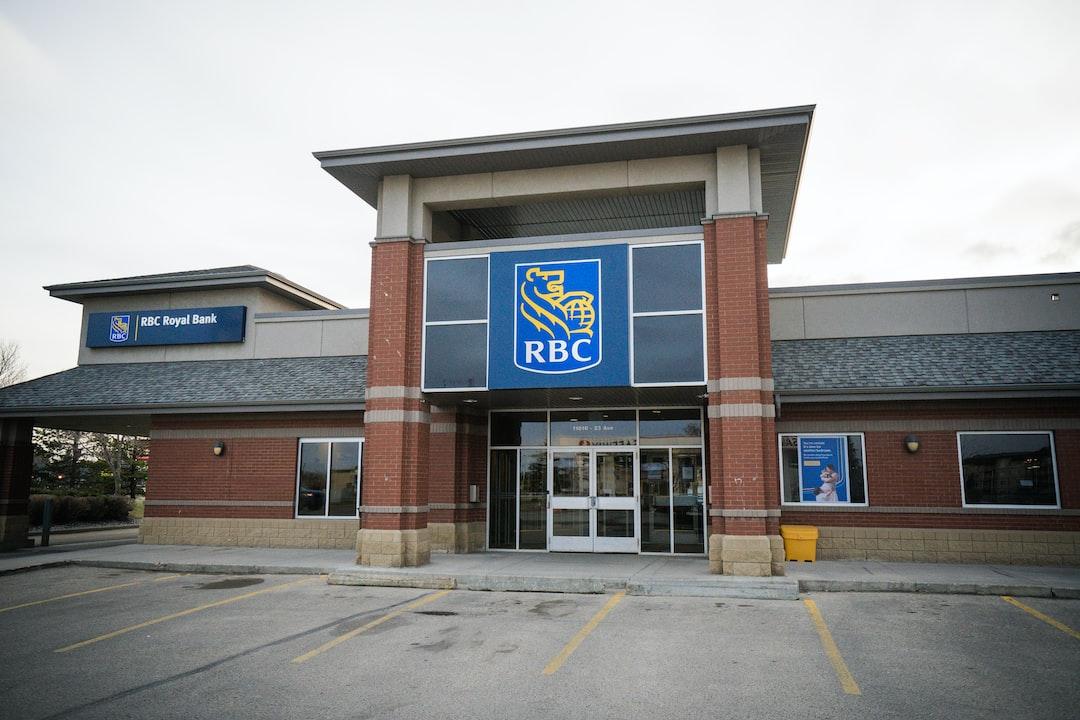LightLink, a Layer 2 blockchain solution on the Ethereum network that offers real-time gas-free transactions for dApps and enterprises, has announced the integration of its Hummingbird client with the Celestia Mainnet. This collaboration aims to improve scalability and reduce transaction costs, marking a significant milestone in LightLink’s journey towards achieving 10,000 transactions per second (TPS).
By teaming up with Celestia, LightLink is able to lower storage costs and enhance security. This integration is part of LightLink’s strategy to create a more cost-effective and secure blockchain environment by leveraging Celestia’s distributed ledger infrastructure.
Currently, LightLink is accumulating a large amount of data on the Celestia test net, leading to substantial storage requirements. However, thanks to its efficient fee schedule and Celestia’s cost-minimizing algorithm, LightLink benefits from relatively low storage fees.
Roy Hui, the co-founder and CEO of LightLink, emphasized the strategic significance of partnering with Celestia. He highlighted how this collaboration will help reduce costs compared to Ethereum, allowing LightLink to pass on these savings to users through lower transaction fees. The ultimate goal is to establish a faster, more accessible, and more reliable blockchain platform that addresses the challenges of high gas fees on Layer 1 protocols.
In a further boost to its capabilities, LightLink recently secured $11.5 million in funding for its research on gasless architecture. The Hummingbird client, which plays a crucial role in ensuring data integrity and security, will be followed by the development of Blobstream, a modular data flow tool that will enhance data availability for Layer 2 networks. This initiative will enable LightLink to create interactive applications and games for community validators, strengthening its ecosystem.
In addition to these advancements, LightLink has introduced its native token, $LL, and successfully completed its seed funding round. The funds raised will be utilized to further explore gasless architecture for blockchains and continue providing efficient solutions that are accessible to all.


